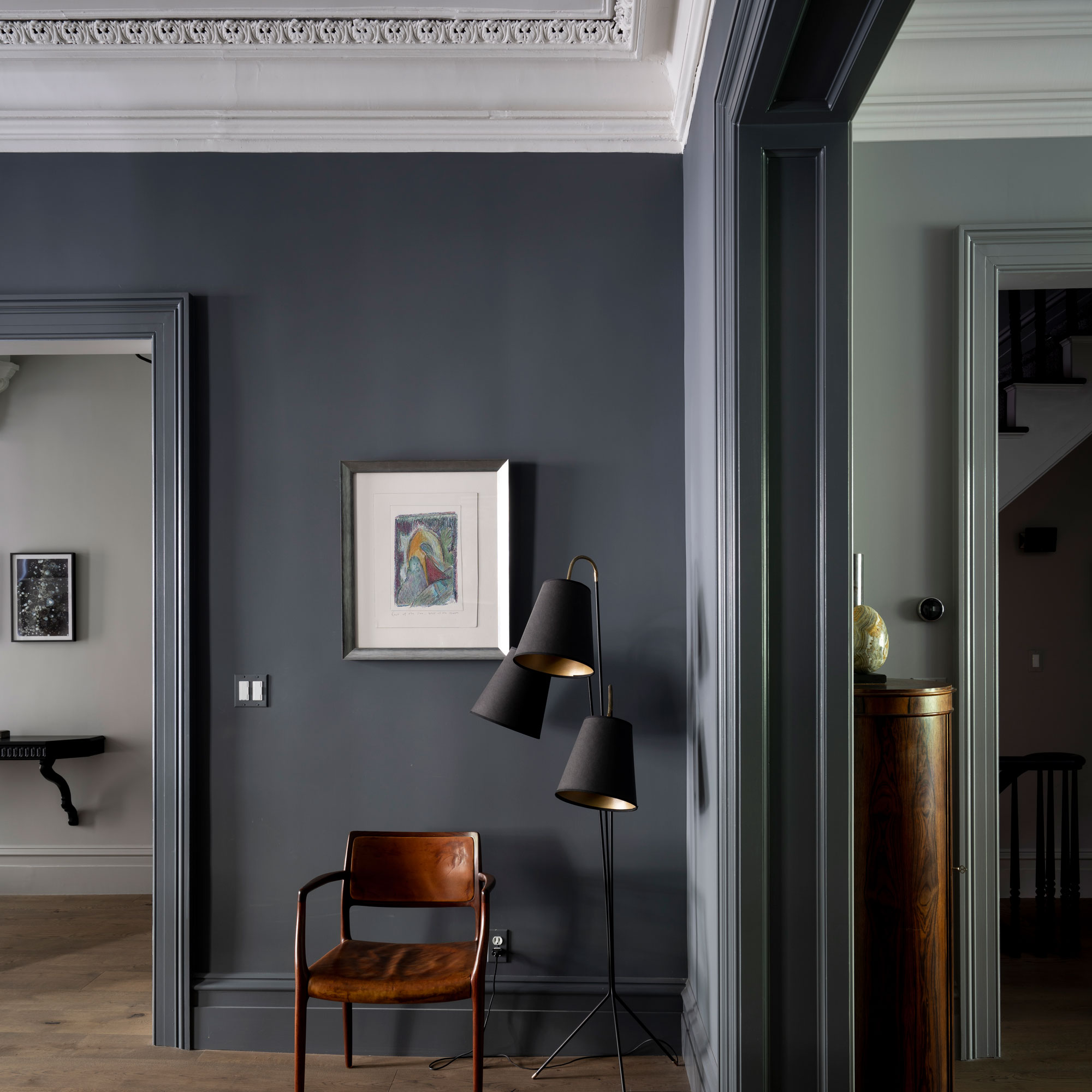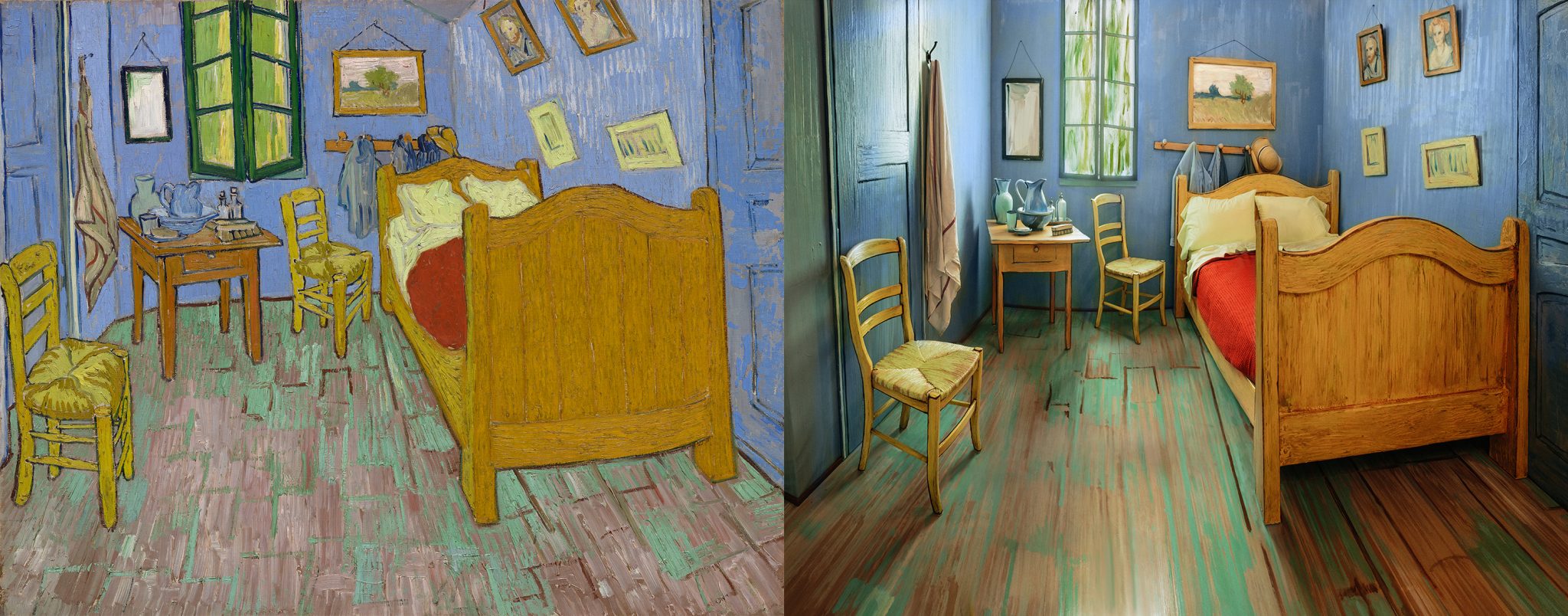The Allure of Gray: New Hope Gray Bedroom

Gray, a color often associated with neutrality and sophistication, holds a unique appeal in bedroom design. Its versatility allows for a wide range of moods and aesthetics, making it a popular choice for creating spaces that are both calming and stylish.
The Psychological Effects of Gray
Gray, as a neutral color, possesses a calming effect on the mind. Its ability to promote relaxation and tranquility makes it an ideal choice for bedrooms, where restful sleep is paramount. Studies have shown that exposure to gray can help reduce stress and anxiety, creating a sense of peace and serenity. This is particularly relevant in today’s fast-paced world, where finding moments of tranquility is increasingly challenging.
The Spectrum of Gray: Exploring Different Shades
The beauty of gray lies in its spectrum of shades, each offering a distinct ambiance. From the cool, sophisticated tones of charcoal to the warm, inviting hues of dove gray, there is a shade of gray to suit every taste and style. Lighter shades of gray, such as pale gray or silver, create a sense of spaciousness and airiness, perfect for smaller bedrooms. On the other hand, darker shades, like charcoal or slate, can add a touch of drama and sophistication to larger spaces.
Gray in Bedroom Design: Creating Different Aesthetics
Gray’s adaptability makes it a versatile color for creating various bedroom aesthetics. Here are a few examples:
Calming and Serene
A pale gray backdrop paired with soft white linens and natural wood accents creates a calming and serene atmosphere. The use of light gray walls and furniture allows the focus to be on the natural light filtering through the windows, creating a sense of tranquility and relaxation.
Sophisticated and Elegant
For a sophisticated and elegant look, consider using darker shades of gray, such as charcoal or slate. These shades add a touch of drama and depth to the room, while still maintaining a sense of refinement. Adding accents of metallic gold or silver can further enhance the sophisticated feel.
Modern and Minimalist
Gray is a staple in modern and minimalist design. Its clean lines and neutral tones complement the sleek and streamlined aesthetic of modern furniture. The use of gray walls and furniture creates a backdrop for statement pieces, such as a bold artwork or a unique lighting fixture.
Incorporating Gray Without Feeling Cold or Sterile
While gray can be a calming and sophisticated color, it is important to incorporate it in a way that avoids a cold or sterile feel. Here are a few tips:
- Use a variety of textures to add warmth and interest to the space. For example, you can pair a gray sofa with plush throw pillows or a textured rug.
- Introduce natural elements, such as wood, plants, or natural fibers, to create a more organic and inviting feel. These elements can help to balance the cool tones of gray and add a touch of warmth and life to the room.
- Use warm lighting to create a cozy and inviting atmosphere. Soft, warm light can help to counteract the coolness of gray and create a more inviting space.
- Add pops of color to break up the monotony of gray. This can be done through artwork, accessories, or even a brightly colored throw blanket.
Bringing in the Light

A gray bedroom, while sophisticated and calming, can sometimes feel a bit cold or sterile. The key to creating a warm and inviting atmosphere lies in carefully incorporating light. Natural light is essential for a welcoming bedroom, while strategically placed artificial lighting can enhance the gray color scheme and create a sense of depth and warmth.
Maximizing Natural Light
Natural light is crucial for a bedroom as it promotes a sense of well-being and helps to regulate our sleep-wake cycle. Here’s how to maximize natural light in your gray bedroom:
* Choose Sheer Curtains or Blinds: Sheer curtains or blinds allow natural light to filter through, creating a soft and diffused glow, while still providing privacy. Avoid heavy, dark curtains that block out light.
* Position Furniture Strategically: Place furniture away from windows to allow for maximum light flow. Avoid blocking windows with large pieces of furniture.
* Maximize Window Size: If possible, consider enlarging windows or adding more windows to increase natural light penetration. This can be a significant investment, but it can transform the overall feel of the room.
* Reflect Light with Mirrors: Mirrors strategically placed near windows can reflect natural light, creating a brighter and more spacious feel. Consider a large mirror opposite a window or smaller mirrors placed on walls to amplify light.
* Paint Walls in Light Colors: Light-colored walls reflect more natural light than darker colors. A light gray or off-white wall color will help to enhance the brightness of the room.
Using Artificial Lighting
While natural light is ideal, artificial lighting is essential for creating a warm and inviting atmosphere, especially in the evenings. Here are some tips for using artificial lighting to enhance your gray bedroom:
* Layer Lighting: Create a layered lighting scheme with multiple light sources, including overhead lighting, task lighting, and accent lighting. This provides flexibility and allows you to adjust the lighting based on your needs.
* Warm White Bulbs: Warm white light bulbs (2700K-3000K) create a cozy and inviting ambiance, while cool white bulbs (4000K-4500K) can feel harsh and sterile. Warm white bulbs complement gray walls and furnishings, creating a more welcoming space.
* Overhead Lighting: A central overhead light fixture, such as a chandelier or pendant light, provides general illumination. Consider a fixture with a warm white bulb to create a cozy atmosphere.
* Task Lighting: Task lighting is essential for activities like reading or working. Place bedside lamps or desk lamps with warm white bulbs near areas where you need extra light.
* Accent Lighting: Accent lighting can highlight artwork, architectural features, or other decorative elements. Use small lamps, spotlights, or LED strips to create visual interest and add a touch of drama.
* Dimmers: Install dimmers on your light fixtures to control the intensity of the light. Dimming the lights can create a relaxing and romantic atmosphere in the evening.
Types of Lighting Fixtures, New hope gray bedroom
Different types of lighting fixtures can create different moods and effects. Here are some examples of lighting fixtures that can enhance a gray bedroom:
* Chandeliers: Chandeliers can add elegance and sophistication to a gray bedroom. Consider a crystal chandelier for a glamorous touch or a modern chandelier for a more minimalist aesthetic.
* Pendant Lights: Pendant lights are versatile and can be used for both general and task lighting. They come in various styles, from sleek and modern to rustic and farmhouse.
* Sconces: Sconces are wall-mounted lights that provide ambient lighting and can add a touch of elegance. They are ideal for illuminating artwork or creating a focal point in the room.
* Table Lamps: Table lamps are essential for bedside reading and can add a touch of personality to a gray bedroom. Choose lamps with warm white bulbs and shades that complement the color scheme.
* Floor Lamps: Floor lamps are a great way to provide additional lighting and can be used to create a cozy reading nook or to highlight a specific area of the room.
* LED Strip Lights: LED strip lights can be used to create a variety of effects, from subtle ambient lighting to vibrant accent lighting. They can be placed under cabinets, behind furniture, or around the perimeter of the room.
Layering Textures and Patterns

A gray bedroom, while elegant and calming, can sometimes feel a bit flat. To inject life and dimension, layering textures and patterns is key. By combining different materials and visual elements, you can create a space that’s both visually stimulating and inviting.
Using Different Textures to Create Depth
Textures add depth and visual interest to a room, making it feel more tactile and inviting. Gray pairs beautifully with a variety of textures, adding a sense of warmth and complexity.
- Linen: Its natural, slightly textured surface brings a relaxed and airy feel to the room. It works well for curtains, bed linens, and throw pillows. Linen’s natural wrinkles and slubs contribute to a cozy, lived-in ambiance.
- Velvet: This luxurious fabric adds a touch of opulence and sophistication. Its soft, plush texture provides a tactile experience and contrasts beautifully with the smooth surface of gray walls. Velvet is ideal for accent chairs, headboards, and throw pillows, adding a touch of glamour.
- Wood: The natural warmth and grain of wood complement gray beautifully. Consider incorporating wooden furniture, such as a bedside table or a dresser, or adding wooden accents like a decorative tray or a picture frame.
- Woven Rugs: A woven rug can add texture and visual interest to the floor. Choose a rug with a natural fiber like wool or jute for a rustic, earthy feel. A rug with a geometric pattern can add a modern touch.
